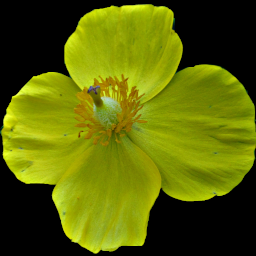
The common blue form of this popular groundcover; there is also a much rarer lavender form. This one was blooming in early May at the edge of the woods in Mount Lebanon.
Although Gray says this species is “smooth or but slightly pubescent,” this particular plant looks rather fuzzy up on the flower stalk. The similar Ajuga genevensis is supposed to be a hairier species, but it lacks the creeping stolons characteristic of Ajuga reptans, and this plant was stoloning up a storm. We therefore identify it as a slightly fuzzier-than-average Ajuga reptans.
AJUGA L. BUGLE WEED
Calyx 5-toothed. The large and spreading lower lip of the corolla with the middle lobe emarginate or 2-cleft. Stamens as in Teucrium, but anther- cells less confluent. (From a- privative, and xygon, Latin jugum, yoke, from the seeming absence of a yoke-fellow to the lower lip of the corolla.)
A. reptans L. Perennial, 1-2.5 dm. high, smooth or but slightly pubescent, with copious creeping stolons; leaves obovate or spatulate, sometimes sinuate, the cauline sessile, the floral approximate, subtending several sessile blue flowers. Locally in fields, Me. and Que. to s. N. V. May-July. (Nat. from Eu.)




